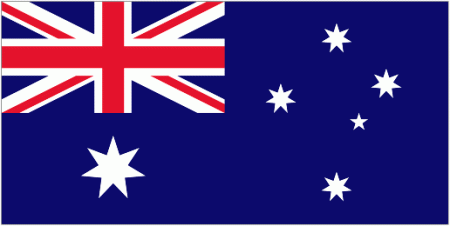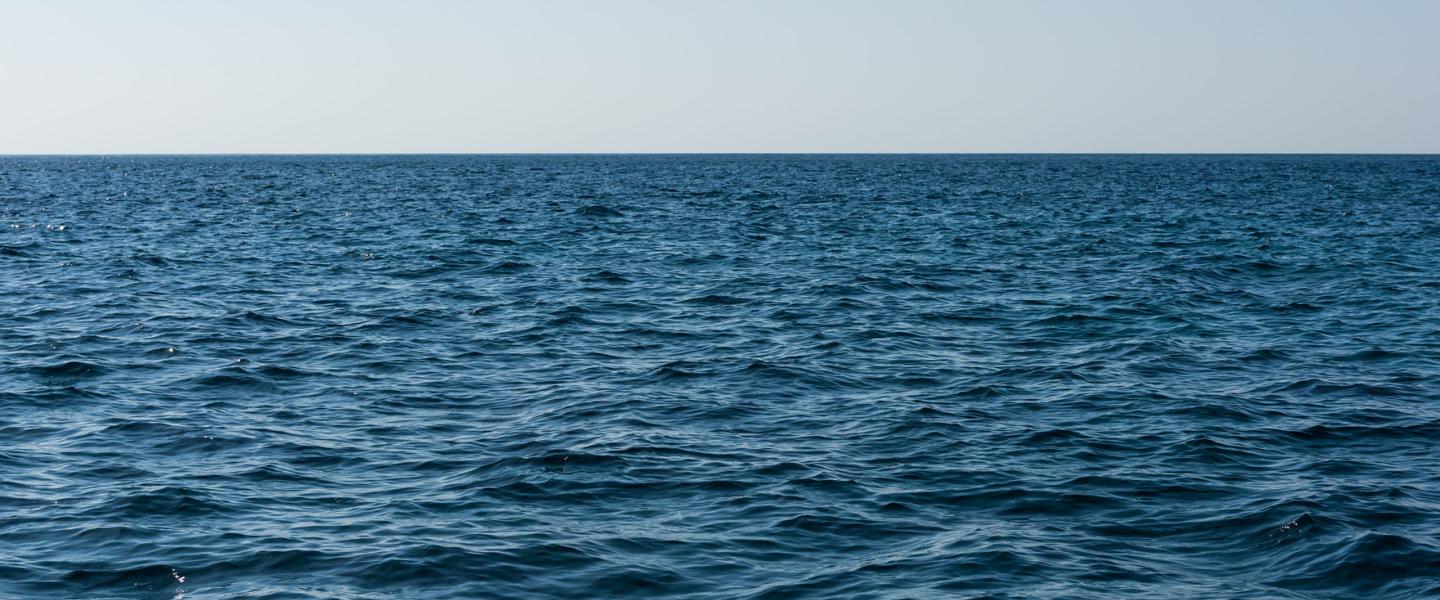
AUSTRALIA: REFUGEE CHILDREN IN DETENTION
AN HRAS CASE STUDY
Andrea Tang & David Hammond
October 2014
Introduction
“If children were treated in this way in Australia the child protection authorities would want to prosecute those who are looking after them”[1] – Alistair Nicholson, Former Chief Justice of the Family Court
Children, whether alone or with their families, come to Australia from some of the most conflict-ravaged countries to seek refuge. An already vulnerable group, they arrive with histories of trauma and complex mental and physical health needs. Yet there is a serious disjuncture between Australia’s international obligations to protect the interests of refugees and children’s rights, and Australia’s cutthroat detention regime, which has led to international outcry as to the detrimental consequences to refugee children, including particular mention in the new United Nations High Commissioner’s maiden speech. In particular, under the Abbott government’s Operation Sovereign Borders, boat interceptions and the policy to deter people from seeking refuge in Australia has placed Australia under intense scrutiny in its mandatory detention of all unlawful non-citizens in offshore regional processing centres.
In August 2014, Scott Morrison the Australian Government’s Immigration Minister announced[2] the release of 150 children under 10 years old in mainland detention centres who arrived before 19 July 2013 into the community with their families on bridging visas. However, this does not include the children who arrived after 19 July 2013 and remain in offshore detention in Nauru and Christmas Island, numbers of which are reported at over 300. Shocking reports of these locations have shown abhorrent conditions wholly unsuitable for children, with widespread physical and mental health issues.
Such treatment in relation to children is in breach of Australia’s international obligations to, amongst other duties, ensure the best interests of the child are the primary consideration under the Convention on the Rights of the Child (“CRC”), which incorporates the provisions of the International Covenant on Civil and Political Rights (“ICCPR”) and the International Covenant on Economic, Social, and Cultural Rights (“ICESCR”) relevant to the needs of children. Such violations are amplified by issues such as the conflicting roles of the Minister as both the legal guardian and the ‘jailer’ in such cases, as well as the limited scrutiny mechanisms available in the legislation.
In a recent report published in the Medical Journal of Australia, it was found that out of 139 Australian paediatricians, over 80% believed that the mandatory detention of children constituted child abuse[3]. Indeed, the UNHCR in October 2013 concluded that the conditions in the Nauru detention centre, coupled with the long periods spent there, raised “serious issues about their compatibility with international human rights law, including the prohibition against torture and cruel, inhuman or degrading treatment (article 7, ICCPR)”[4].
FULL ARTICLE: 20141007-HRAS_Case_Study_Children_in_Detention_Australia
_______________
[1] ABC News, 29 August 2014: http://www.abc.net.au/news/2014-08-29/asylum-seeker-children-treated-liked-stolen-generations/5705010
[2] https://www.youtube.com/watch?v=IaCvoO2HheU
[3] Business Insider Australia, 6 October 2013: http://www.businessinsider.com.au/australian-paediatricians-agree-that-detaining-refugee-kids-is-child-abuse-2014-10
[4] UNHCR Regional Representation Canberra, ‘UNHCR monitoring visit to the Republic of Nauru 7-9 October 2013’, 26 November 2013: http://unhcr.org.au/unhcr/images/2013-11-26%20Report%20of%20UNHCR%20Visit%20to%20Nauru%20of%207-9%20October%202013.pdf
